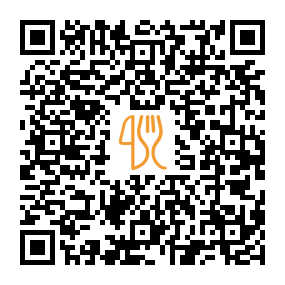Billeder
BidrageIngen billeder at vise
Tilbagemelding
Bidrage med feedbackThe Gubyaukgyi temple near Wetkyi-in village North East of old Bagan was built by King Kyanzittha in the early 12th century. During his reign the empire saw prosperity and the construction of grand temples like the Ananda and the Myazedi pagoda. The Gubyaukgyi’s architecture shows Indian influence, particularly the spire which resembles that of another temple in Bagan, the Mahabodhi. Both are based on the Mahabodhi temple of Bodh Gaya in India, the place where the Buddha reached enlightenment some 2,500 years ago. The Gubyaukgyi is a cave temple; the first syllable of the temple’s name “gu” translates to “cave”. The interior walls and ceilings are decorated with fragments of ancient mural paintings that depict scenes from the Jataka tales, the stories that tell about the previous lives of the Buddha. The temple is oriented towards the East, where an antechamber containing the entrance protrudes from the structure. On the other three sides are false entrances in which large stone perforated windows are fitted. The exterior walls were plastered with stucco. Some of the fine stucco decoration is still intact, especially on the Eastern wall and the main entrance porch. The Gubyaukgyi temple is topped with a spire. Unlike those of most temples and pagodas in Bagan its design is not bell shaped or cylindrical; its four sides are straight and diminishing in size towards the top. The temple’s interior is lit by daylight that comes in through large perforated stone windows. The first room from the Eastern entrance contains a large Buddha image seated on a high pedestal. The brick, plastered image is in the “Calling the Earth to witness” posture. The wall behind the image and the ceiling above contain well preserved murals with Buddhist depictions. The other rooms contain smaller images of the Buddha. On the North and South wall of the Gubyaukgyi are murals depicting the 28 Buddhas mentioned in the Tripitaka, the ancient Buddhist manuscripts that contain the teachings of the Buddha. Photography inside the temple is not allowed, as the flash light would damage the ancient murals.
A nice little temple that does not allow photography inside. Inside there are some of the best preserved paintings in all of Bagan. It is dark and can be tight if larger groups are inside, but it is well worth a visit.
This pagode probably has the most beautiful pictures in every pagode in Bagan, unfortunately we could not see much as you are not allowed to your phone inside (so no light). When asked why one could not take the phone in, the answer was: “Because photos will damage the pictures” You don't know where to fight. However, they can wear a torch, but they do not rent it outside. You can leave your stuff (like phones) on the lockers outside.
The Gubyaukgyi temple is located south of Bagan, Myanmar, in the village of Myinkaba, a Buddhist temple built in 1113 AD by Prince Yazakumar, shortly after the death of his father, King Kyansittha the pagan dynasty. The temple is remarkable for two reasons. Wikipedia
Built in 1113 by Prince Yazakumar, it best known for colorful murals the interior walls, giving it the nickname the great painted cave . Anothet claim to fame is a stone inscription written in four languages, where Burmese writing is first seen in the history, sort of Rosetta Stone equivalent.
Flere oplysninger
QR-kode-link til menuen
